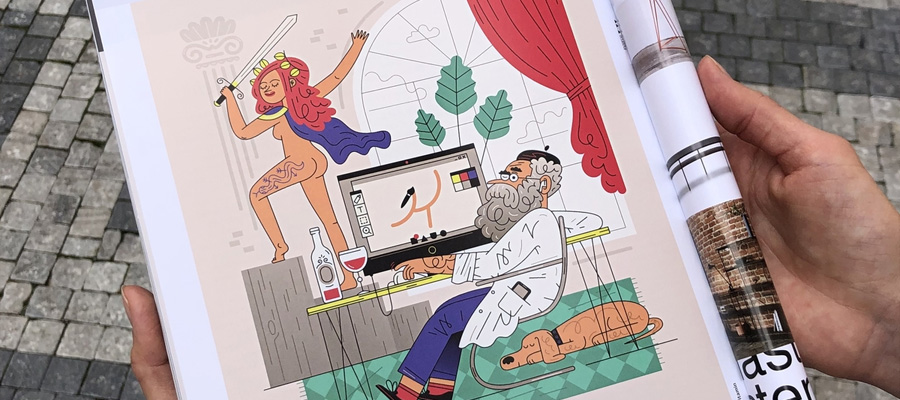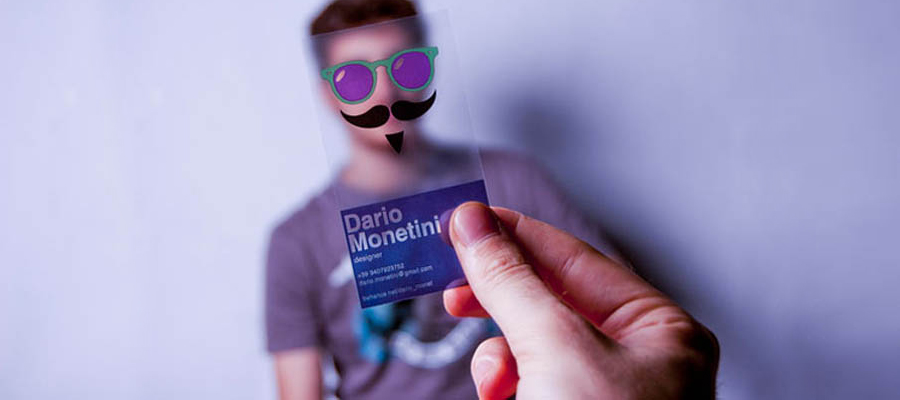In the world of design, inspiration can be drawn from a multitude of sources. From the intricate details of vintage designs to the bold statements of modern art, each piece tells a unique story and evokes different emotions. This article explores various design styles, offering a visual feast that spans different eras and artistic movements.
Vintage Designs

Vintage designs often capture the essence of a bygone era, incorporating elements that reflect the culture and aesthetics of the time. These designs are characterized by their intricate details, muted color palettes, and nostalgic appeal.
Retro Art

Retro art takes inspiration from the mid-20th century, embracing bold colors, geometric patterns, and playful motifs. This style often evokes a sense of fun and creativity, making it popular in various design applications.
Modern Graphic Design

Modern graphic design is characterized by its sleek, minimalistic approach. It often utilizes clean lines, bold typography, and a strong emphasis on functionality and clarity. This style is prevalent in contemporary branding, web design, and advertising.
Artistic Illustrations

Illustrations can range from whimsical and playful to detailed and realistic. They offer a unique way to tell stories and convey messages, often adding a personal touch to design projects.
Photography in Design

Photography plays a crucial role in design by capturing moments and telling stories through visuals. High-quality images can enhance the overall aesthetic of a design and make it more engaging and relatable.
Abstract Art

Abstract art focuses on using colors, shapes, and forms to create compositions that may not necessarily represent reality but evoke emotions and provoke thought. This style is often used to add a creative and modern touch to designs.
Surreal Art

Surreal art combines elements of reality and fantasy, creating dream-like scenes that challenge the viewer's perception. This style is known for its imaginative and thought-provoking nature, often used to create intriguing and otherworldly designs.
Mixed Media Art

Mixed media art involves combining different materials and techniques to create unique and textured artworks. This approach allows artists to experiment and push the boundaries of traditional art forms, resulting in innovative and dynamic designs.
Typography Art

Typography art focuses on the creative use of text and fonts to create visually appealing compositions. This style often highlights the beauty of letterforms and can be used in posters, advertisements, and branding materials.
Street Art

Street art, including graffiti, is an urban art form that uses public spaces as canvases. It often conveys powerful messages and social commentary, making it a dynamic and ever-evolving art style.
Experimental Art

Experimental art involves exploring unconventional techniques and materials to create innovative artworks. This approach often leads to surprising and unique results, pushing the boundaries of traditional art practices.
Contemporary Art

Contemporary art reflects current trends, themes, and societal issues. It is diverse and ever-changing, often challenging traditional boundaries and encouraging new perspectives.
Fantasy Art

Fantasy art brings to life mythical creatures, magical worlds, and fantastical elements. It often draws inspiration from literature, mythology, and folklore, creating visually stunning and imaginative pieces.
Minimalist Art

Minimalist art emphasizes simplicity, clean lines, and a restrained color palette. This style focuses on the essential elements, creating a sense of calm and clarity in the design.
Pop Art

Pop art is characterized by its use of vibrant colors, bold imagery, and references to popular culture. This style emerged in the mid-20th century and continues to influence contemporary art and design.
Conceptual Art

Conceptual art focuses on the ideas and concepts behind the artwork rather than its aesthetic. This style often challenges traditional notions of art and encourages viewers to think deeply about the meaning and message conveyed.
Urban Art

Urban art encompasses a variety of styles and techniques that draw inspiration from city life and street culture. It often includes graffiti, murals, and other forms of public art that interact with the urban environment.
Color Theory in Art

Color theory is a fundamental aspect of art and design, exploring how colors interact and the effects they have on perception and emotion. Understanding color theory helps artists create visually harmonious and impactful designs.
Beauty in Art

The concept of beauty in art is subjective and varies across cultures and time periods. It encompasses the aesthetics, allure, and emotional impact of visual elements, contributing to the overall appeal of a design.
Abstract Expressionism

Abstract expressionism is an art movement that emerged in the mid-20th century, characterized by expressive brushstrokes and dynamic compositions. This style emphasizes the artist's emotional and psychological expression through abstract forms.
Perception in Art

Perception in art refers to how visual elements are seen and interpreted by viewers. Artists often play with perception to create optical illusions, challenge expectations, and engage audiences on a deeper level.
Obscure Art

Obscure art features mysterious and enigmatic elements that invite viewers to delve into the unknown. This style often creates a sense of intrigue and curiosity, encouraging deeper exploration of the artwork's meaning.
Digital Art

Digital art is created using digital tools and software, allowing for a wide range of creative possibilities. This medium enables artists to experiment with new techniques and create highly detailed and complex designs.
Fine Art

Fine art encompasses traditional art forms such as painting, sculpture, and drawing, often emphasizing technical skill and classical aesthetics. This style continues to be celebrated for its timeless beauty and craftsmanship.
Expressive Art

Expressive art focuses on conveying emotions and feelings through visual elements. This style often uses bold colors, dynamic compositions, and abstract forms to evoke a strong emotional response from viewers.
Surrealist Photography

Surrealist photography combines elements of reality and fantasy, creating dream-like images that challenge the viewer's perception. This style often involves creative editing techniques and imaginative compositions.
Conceptual Photography

Conceptual photography focuses on the ideas and concepts behind the image rather than its aesthetic. This style often challenges traditional notions of photography and encourages viewers to think deeply about the meaning and message conveyed.
Symbolism in Art

Symbolism in art involves using symbols and imagery to convey deeper meanings and messages. This style often incorporates allegorical elements, encouraging viewers to interpret the artwork beyond its surface appearance.
Urban Photography

Urban photography captures the essence of city life, highlighting the architecture, people, and culture of urban environments. This style often focuses on the dynamic and vibrant aspects of city living.
Experimental Photography

Experimental photography involves exploring unconventional techniques and approaches to create unique and innovative images. This style often pushes the boundaries of traditional photography practices.
Contemporary Photography

Contemporary photography reflects current trends, themes, and societal issues. It is diverse and ever-changing, often challenging traditional boundaries and encouraging new perspectives.
Fantasy Photography

Fantasy photography brings to life mythical creatures, magical worlds, and fantastical elements. It often draws inspiration from literature, mythology, and folklore, creating visually stunning and imaginative pieces.
Minimalist Photography

Minimalist photography emphasizes simplicity, clean lines, and a restrained color palette. This style focuses on the essential elements, creating a sense of calm and clarity in the image.
Pop Photography

Pop photography is characterized by its use of vibrant colors, bold imagery, and references to popular culture. This style emerged in the mid-20th century and continues to influence contemporary photography.
Conceptual Videography

Conceptual videography focuses on the ideas and concepts behind the video rather than its aesthetic. This style often challenges traditional notions of videography and encourages viewers to think deeply about the meaning and message conveyed.
Urban Videography

Urban videography captures the essence of city life, highlighting the architecture, people, and culture of urban environments. This style often focuses on the dynamic and vibrant aspects of city living.
Experimental Videography

Experimental videography involves exploring unconventional techniques and approaches to create unique and innovative videos. This style often pushes the boundaries of traditional videography practices.
Contemporary Videography

Contemporary videography reflects current trends, themes, and societal issues. It is diverse and ever-changing, often challenging traditional boundaries and encouraging new perspectives.
Fantasy Videography

Fantasy videography brings to life mythical creatures, magical worlds, and fantastical elements. It often draws inspiration from literature, mythology, and folklore, creating visually stunning and imaginative pieces.
Minimalist Videography

Minimalist videography emphasizes simplicity, clean lines, and a restrained color palette. This style focuses on the essential elements, creating a sense of calm and clarity in the video.
Pop Videography

Pop videography is characterized by its use of vibrant colors, bold imagery, and references to popular culture. This style emerged in the mid-20th century and continues to influence contemporary videography.
Experimental Design

Experimental design involves exploring unconventional techniques and approaches to create unique and innovative designs. This style often pushes the boundaries of traditional design practices.
Contemporary Design

Contemporary design reflects current trends, themes, and societal issues. It is diverse and ever-changing, often challenging traditional boundaries and encouraging new perspectives.
Urban Design

Urban design captures the essence of city life, highlighting the architecture, people, and culture of urban environments. This style often focuses on the dynamic and vibrant aspects of city living.
Experimental Architecture

Experimental architecture involves exploring unconventional techniques and approaches to create unique and innovative structures. This style often pushes the boundaries of traditional architecture practices.
Contemporary Architecture

Contemporary architecture reflects current trends, themes, and societal issues. It is diverse and ever-changing, often challenging traditional boundaries and encouraging new perspectives.
Urban Architecture

Urban architecture captures the essence of city life, highlighting the structures, spaces, and culture of urban environments. This style often focuses on the dynamic and vibrant aspects of city living.
Experimental Sculpture

Experimental sculpture involves exploring unconventional techniques and approaches to create unique and innovative three-dimensional artworks. This style often pushes the boundaries of traditional sculpture practices.
Contemporary Sculpture

Contemporary sculpture reflects current trends, themes, and societal issues. It is diverse and ever-changing, often challenging traditional boundaries and encouraging new perspectives.
Urban Sculpture

Urban sculpture captures the essence of city life, highlighting the structures, spaces, and culture of urban environments. This style often focuses on the dynamic and vibrant aspects of city living.
Conceptual Sculpture

Conceptual sculpture focuses on the ideas and concepts behind the artwork rather than its aesthetic. This style often challenges traditional notions of sculpture and encourages viewers to think deeply about the meaning and message conveyed.
Interactive Art

Interactive art engages viewers through participation, often incorporating elements that require interaction or involvement from the audience. This style creates a dynamic and immersive experience, blurring the line between artist and viewer.
Digital Sculpture

Digital sculpture is created using digital tools and software, allowing for a wide range of creative possibilities. This medium enables artists to experiment with new techniques and create highly detailed and complex three-dimensional designs.
Exploring various design styles can provide a wealth of inspiration for artists, designers, and enthusiasts alike. Each style offers unique characteristics and aesthetics, reflecting different cultural and historical contexts. By appreciating the diversity in design, we can broaden our creative horizons and find new ways to express our ideas and visions. Enjoy the rest of the gallery!




















